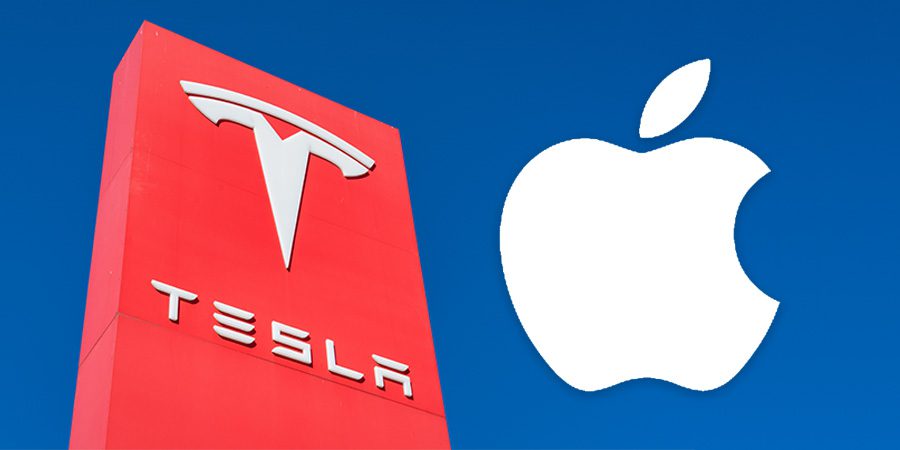In this article, we’ll look at the reasons behind Tesla’s decision to build a new Megafactory in Shanghai, while also discussing Apple’s potential shift away from China and the implications of these moves on the global business landscape.
Key Takeaways:
- Elon Musk announces new Megafactory in Shanghai, aiming to produce 10,000 Megapacks annually.
- Tesla’s expansion into China comes amid growing US-China tensions.
- Apple considers diversifying production to reduce reliance on China.
- US companies seek government guidance on economic engagement with China.
Tesla’s Shanghai Megafactory Plans
An Ambitious Expansion for Energy Storage
During a recent visit to Shanghai, Tesla CEO Elon Musk announced plans to build a new battery factory focused on producing Megapacks, the company’s large energy storage systems.
With an ambitious goal of manufacturing 10,000 Megapacks per year, Tesla aims to sell these units worldwide.
Megapacks play a crucial role in stabilizing energy grids by storing excess energy, which can later be used to power around 3,600 homes for an hour.
Strategic Location and Market Opportunities
The decision to establish a new Megafactory in Shanghai comes as no surprise, given China’s strategic location, access to resources, and its status as the largest market for electric vehicles (EVs).
This move will not only allow Tesla to capitalize on the growing demand for energy storage solutions but also reduce production and logistics costs, as the company already has a Gigafactory in the same city that focuses on EV production.
US-China Tensions and Business Implications
Navigating Geopolitical Challenges
Tesla’s expansion in China comes amid growing tensions between the US and China, fueled by concerns over China’s support for Russia’s war in Ukraine and trade disputes.
Despite these challenges, Tesla remains committed to investing in the Chinese market, showcasing the potential growth opportunities for businesses that can navigate geopolitical uncertainties.
Balancing Opportunities and Risks
For Tesla and other US companies, the decision to invest in China must balance the potential rewards with the risks associated with the ongoing tensions.
While China offers significant market opportunities, companies must also consider potential regulatory hurdles, security concerns, and the impact of geopolitical shifts on their operations.
Apple’s Diversification Strategy
Reducing Dependence on China
While Tesla continues to expand in China, other companies like Apple are exploring strategies to reduce their reliance on the country.
Apple’s diversification plans come in response to supply chain disruptions caused by China’s stringent COVID-19 policies and labor disputes at Foxconn, a key iPhone manufacturer.
To minimize these risks, Apple has been considering increasing production in countries like India and Vietnam.
Strategic Benefits of Diversification
By diversifying its production, Apple aims to create a more resilient supply chain capable of adapting to unforeseen challenges.
This strategy also helps the company mitigate the risks associated with overdependence on a single market, which could be especially important given the uncertainties around US-China relations.
Navigating Economic Decoupling
Seeking Government Guidance
As US businesses grapple with the complexities of operating in China, many are looking for clearer guidance from the government on which sectors or areas to avoid.
While companies do not anticipate completely severing ties with China, they do seek to understand the limits of economic engagement, especially considering the potential risks associated with China’s growing assertiveness in the region.
The Taiwan Factor
One significant concern for companies like Apple is the potential for military action against Taiwan, which could have far-reaching consequences for global supply chains.
Apple’s largest supplier, Taiwan Semiconductor Manufacturing Company (TSMC), is based in Taiwan and is a critical player in the semiconductor industry.
Any disruption to TSMC’s operations could have a cascading effect on the technology sector and beyond.
Conclusion
Tesla’s decision to build a new Megafactory in Shanghai highlights the potential growth opportunities in China, despite ongoing geopolitical tensions.
In contrast, Apple’s exploration of diversifying production away from China underscores the growing concerns around economic decoupling.
As global businesses continue to navigate the complexities of engaging with China, the need for clear government guidance and strategic planning becomes increasingly essential.
 Sections of this topic
Sections of this topic
















